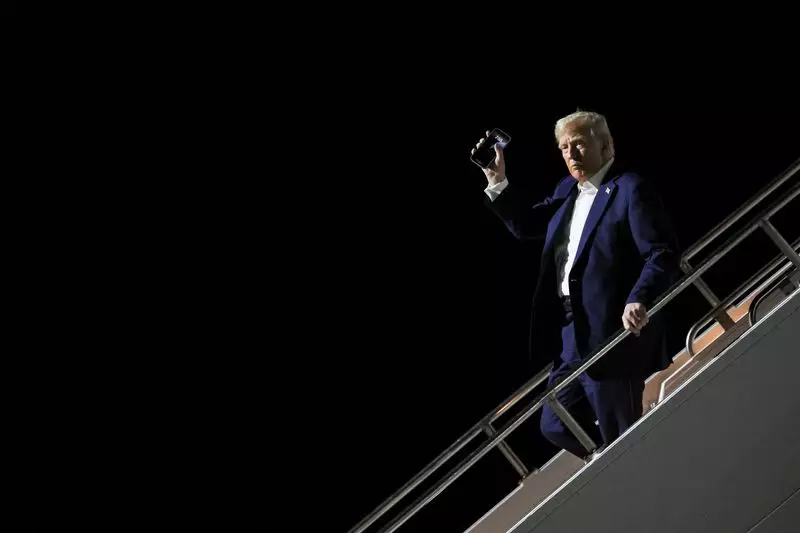The much-anticipated return of Donald Trump to the Oval Office has commenced with a flurry of activities aimed at undoing policies enacted by his predecessor, Joe Biden. This aggressive approach reflects Trump’s continued ambition to reshape the federal landscape to align with his Republican ideals. His first week in office has illustrated a clear intention to cut taxes, particularly focusing on the hospitality sector where tips form a substantial part of workers’ income. By reengaging with this issue, Trump not only appeals to a key voter demographic in Nevada but also positions himself as a champion for the everyday worker.
Despite the fervor surrounding his initiatives, there are implications beyond the immediate economic encouragement. By pledging to eliminate taxes on tip income, Trump is directly addressing the financial strain of workers in an essential sector. However, the underlying economic ramifications of such tax reforms raise critical inquiries about sustainability and fiscal responsibility. The potential benefits of these tax cuts must be weighed against the escalating national debt and the implications it holds for long-term economic health.
In conjunction with his focus on tax policy, Trump has also ventured into disaster recovery conversations, particularly after visiting severely affected regions in North Carolina and California. This dual focus on tax cuts and disaster recovery is noteworthy, as it underscores a presidential agenda that seeks to reconcile immediate financial relief with preparation for future calamities. However, Trump’s earlier mention of shuttering the Federal Emergency Management Agency (FEMA) raises alarms about the country’s preparedness for natural disasters amidst his ambitious tax proposal framework.
The juxtaposition of aggressive tax cuts alongside potential cuts to essential emergency services creates a narrative fraught with tension. While appealing to voters in disaster-stricken areas by pledging federal aid is politically astute, the idea of reducing governmental support systems such as FEMA indicates a shift toward an administration that may prioritize tax revenue over essential public services. This dilemma exemplifies the very real danger of a divided governmental focus leading to inadequate systems for crisis management during a period marked by increasing natural disasters linked to climate change.
As Trump navigates the waters of economic policymaking, he currently enjoys the backing of many Republican leaders, particularly in the battleground state of Nevada. Republican state chairman Michael McDonald has echoed sentiments that resonate with local constituents battling inflated living costs. Trump’s promise to eliminate taxes on tips and Social Security benefits appeals to a significant portion of Nevada’s population struggling with the rising cost of living. It’s a politically savvy move that aims to consolidate support ahead of the 2024 election.
Nonetheless, despite local popularity, the proposed tax cuts could encounter substantial pitfalls in Congress. There is skepticism among Republican lawmakers regarding the long-term feasibility of the tax cuts. The bipartisan Committee for a Responsible Federal Budget has estimated that Trump’s tax proposals might add up to an alarming $7.5 trillion to the nation’s debt in the coming decade. Republicans, particularly those addressing the concerns of the bond market, may remain hesitant to fully support such aggressive fiscal plans given the nation’s increasing debt levels, which are already straining governmental resources.
Trump’s early agenda reflects a desire to consolidate support amid a contentious political climate while engaging a demographic that plays a pivotal role in his electoral strategy. However, his plans to cut taxes radically intersect with discussions about national debt and fiscal responsibility, raising serious questions about the ecological sustainability of his administration’s financial strategies. As he embarks on this path, the administration must grapple with the complex interplay between immediate economic relief for workers and the broader implications of such proposals on national fiscal health. The coming months may prove critical, as Trump’s administration seeks to refine these ambitious goals into actionable policies that strike a balance between immediate voter needs and long-term national stability.

